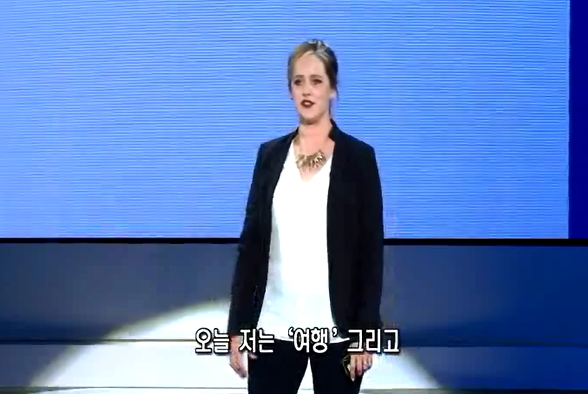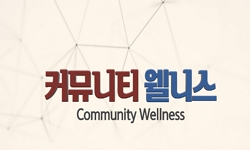The need for physical community spaces where individuals can interact, communicate, and empathize directly has been increasing in our modern society, due to the rise of single-person households and communication through SNS and online platforms. ...
http://chineseinput.net/에서 pinyin(병음)방식으로 중국어를 변환할 수 있습니다.
변환된 중국어를 복사하여 사용하시면 됩니다.
- 中文 을 입력하시려면 zhongwen을 입력하시고 space를누르시면됩니다.
- 北京 을 입력하시려면 beijing을 입력하시고 space를 누르시면 됩니다.

커뮤니티 활성화를 위한 뉴욕시 가변적 가로공간 전용(轉⽤) 설계기법 연구 = A Study on Flexible Transforming Techniques of Street for Community Space in New York City
한글로보기https://www.riss.kr/link?id=A108779471
-
저자
이상훈 (필드 오퍼레이션스)
- 발행기관
- 학술지명
- 권호사항
-
발행연도
2023
-
작성언어
Korean
-
주제어
커뮤니티 ; 커뮤니티 공간 ; 공공공간 ; 가로 ; Community ; Community Space ; Public Space ; Street
-
등재정보
KCI등재
-
자료형태
학술저널
-
수록면
51-65(15쪽)
- 제공처
-
0
상세조회 -
0
다운로드
부가정보
다국어 초록 (Multilingual Abstract)
The need for physical community spaces where individuals can interact, communicate, and empathize directly has been increasing in our modern society, due to the rise of single-person households and communication through SNS and online platforms. However, expanding community spaces faces challenges due to economic and developmental priorities. This study aims to focus on urban street spaces as an alternative to alleviate the shortage of community spaces. To secure community spaces, this research examines design techniques to transform streets into community spaces, utilizing their high accessibility. Firstly, through precedent studies and related books, the key factors for community activation are identified, and a framework for analysis is established. Next, case studies of three programs being implemented in New York City, NYC Open Restaurants, NYC Open Streets, and NYC Plaza Program, are conducted. The study also examines approaches to propose programs for community activities in these public open spaces. The analysis reveals that public open spaces secured by transformed street spaces through the three programs contribute to the enhancement of the following elements for community activation: Stability, Participation, Walkability, Street Vitality, Economic Benefits, Flexibility and Adaptability, Diversity, and Inclusivity. In conclusion, the implications of this research are significant. Firstly, it underscores the importance of community-centric planning, emphasizing that local communities should be at the forefront of space utilization, operation, management, and promotion right from the planning stages. Secondly, it highlights the role of government-supported programs in developing, operating, and providing initiatives that local communities can readily employ, ensuring equitable access to community spaces. Thirdly, a critical need for flexible and adaptive design is emphasized, allowing these spaces to easily adapt to evolving community needs and contexts. Finally, uniform design guidelines are crucial, offering consistent standards, criteria, modules, and guidelines applicable across all community spaces.
동일학술지(권/호) 다른 논문
-
텍스트마이닝 기법을 활용한 ‘농촌다움’의 온라인상 활용 실태 및 인식분석
- 전북대학교 부설 휴양및경관계획연구소
- 도지윤
- 2023
- KCI등재
-
뉴욕시 최신 워터프론트 공원의 조경 설계기법 및 경향 연구
- 전북대학교 부설 휴양및경관계획연구소
- 이상훈
- 2023
- KCI등재
-
중년여성을 위한 도시숲 산림치유 프로그램이 갱년기 증상과 심리적 변화에 미치는 영향
- 전북대학교 부설 휴양및경관계획연구소
- 박숙현
- 2023
- KCI등재
-
- 전북대학교 부설 휴양및경관계획연구소
- 이주홍
- 2023
- KCI등재




 KCI
KCI






